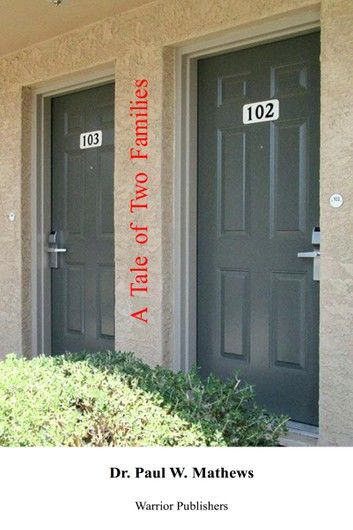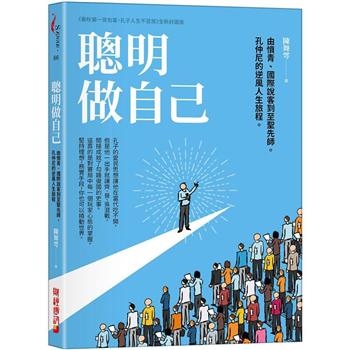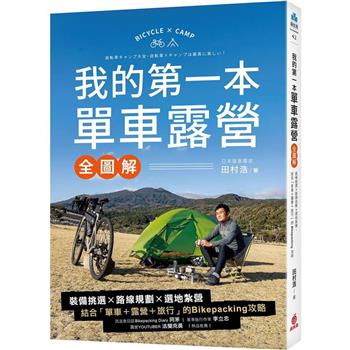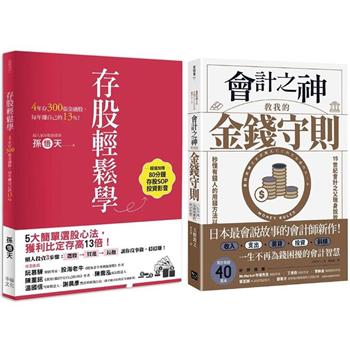Here I narrate with insight and drama the lives of two families, one Protestant, the other Roman Catholic, in the rural Philippines. I narrates how the Garcia family, Catholics, headed by Juan, live out their lives. Up the street is Wenico and Lennie Valdez, Protestants. The story depicts, also, how they live their lives. Other characters impinge upon both the Garcia and Valdez households, bringing twists and turns, and highlighting certain characteristics of not only the two families but also of everyday life in the Philippines.
Both the Garcia and Valdez families are about equal in socio-economic status, and largely in terms of education, also. But there are differences, as will become evident. Perhaps the main difference is their religion, and it is worth exploring how and why this affects how each family, and each individual, lives out their lives according to the underlying perception of the world, grounded in their religious orientation. In particular, Mark, an anthropologist in the narrative, is particularly interested in why Catholics vis-à-vis Protestants have more children: it’s not a matter of “if ” but, for him, why.
The other characters and events highlight differences between the two families, and between Protestants and Catholics, between rich and poor, exploiters and exploited, powerful and powerless, men and women, and so on. But what is fundamental to their similarities and differences? How do they actually come about?








![塔木德:猶太人的致富聖經[修訂版]:1000多年來帶領猶太人快速累積財富的神祕經典 塔木德:猶太人的致富聖經[修訂版]:1000多年來帶領猶太人快速累積財富的神祕經典](https://media.taaze.tw/showLargeImage.html?sc=11100697818)



